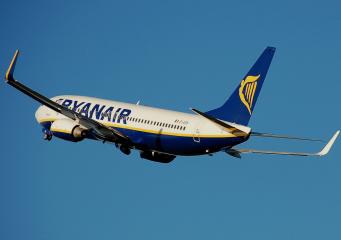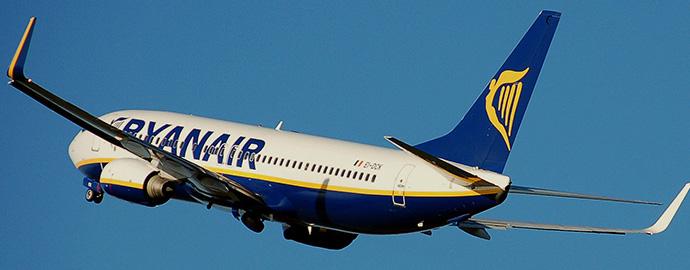Must-have regional produce
BERRY TASTIC
The climate of the Dordogne Valley makes for perfect fruit growing conditions. Cultivated throughout, the main crops are raspberries, apples and strawberries. 60 percent of France’s strawberry production is grown right here. First imported from Chile in the 18th century, strawberry farming flourished in the 19th century. No less than 700 tonnes, spread over 30 hectares are produced in the Dordogne Valley every year. The citadel of strawberry production lies in and around the village of Beaulieu-sur-Dordogne where growers have recently been awarded the nationally prestigious ‘Site Remarquable du Goût’ accreditation.
Alain Roche can take you around for a visit of his strawberry farm in Queyssac les Vignes at Les Combarelles. www.bienvenue-a-la-ferme.com
STRAWBERRY FIELDS
Every second Sunday in May, as the spring sunshine returns, the annual Strawberry Festival takes place in Beaulieu-sur-Dordogne. The whole place is transformed into a celebration of the strawberry as the fruits of the harvest are sold in every street. The town is also on the map for its yearly Guinness World Record attempts. In 1990 winning the world’s largest strawberry tart – eight metres in diameter and weighing a mighty 700kg. Followed by the creation of the world’s longest fraisier pâtissier (French strawberry cake) in 2017. A staggering 30 metres in length, it was made with layers of sponge cake and cream and over 250kg of strawberries.
www.visit-dordogne-valley.co.uk
AND RASPBERRIES TOO
Smaller in the scale of its production, commercial raspberry cultivation first began in 1956 in the town of Concèze. It has grown into a significant crop with 800 tonnes produced each year by 220 producers, mainly small family growers. At the orchards of Leycuras, raspberries and other fruit can be bought directly from the family business.
QUERCY LAMB
Awarded AOP (Protected Designation of Origin) status, delicious Quercy lamb is also accredited with the Label Rouge. This exclusive label is only given to French food products that meet strict standards and regulations on animal welfare and geographical protection. The exceptional quality of l’agneau du Quercy lamb is achieved through the farming conditions in which the lambs are raised. Free range, some 40,000 lambs are reared around Rocamadour and Gramat where they graze on the arid plateaus of the Natural Regional Park des Causses du Quercy. The farming of Quercy lamb dates back to the 1700s and today involves ecological farming techniques that protect the biodiversity of the region. This breed of lamb is notable for a distinctive dark black colouring circling their eyes. According to local legend, a shepherd took some charcoal and coloured around their eyes in order to offer protection from the sun. From then on they were born that way.
LE CUL NOIR PÉRIGOURDIN
A local delicacy, this pork breed called “Cul Noir” or “Black Bottom” for obvious reasons has been raised here for centuries. Only 40 or so farmers specialise in rearing this tasty regional staple.






